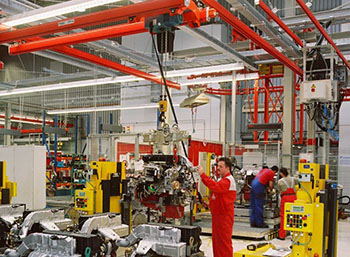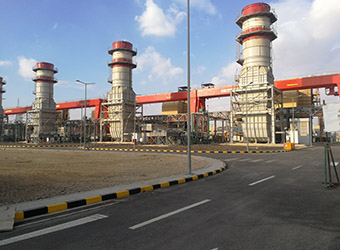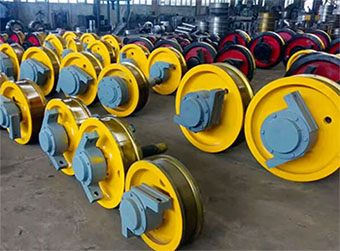As the core equipment of modern logistics and port loading and unloading, container spreaders have significant advantages in the field of container handling due to their high efficiency, safety and intelligent design. The following is a detailed description of their main advantages:
High strength and durability
The frame of the spreader is usually made of high-strength steel to ensure that it can withstand and safely handle containers weighing tens of tons. The choice of materials and structural design ensure the stability and durability of the spreader in long-term use.
Precise locking device
This is one of the most core parts of the spreader, responsible for firmly grasping the four corners of the container during the lifting process. The locking device of modern spreaders is precisely designed to remain highly reliable under different environmental conditions and can adapt to different specifications of container sizes to ensure the safety and efficiency of the loading and unloading process.
Intelligent control system
With advanced intelligent control systems, it can achieve precise control of the spreader operation, including automatic identification of container weight, center position and other information. Some high-end models also support remote control and automated operation, greatly improving work efficiency and safety.
Guidance and positioning function
In order to improve operational accuracy and reduce errors, shipping container spreader are usually equipped with guiding devices. These devices help to quickly and accurately align the position of the container, which is particularly important in high-density container yards.
Strong adaptability
Not only limited to standard-sized containers (such as 20 feet and 40 feet), many container spreaders can also adapt to special specifications or non-standard-sized containers by adjusting the locking device, increasing the flexibility and scope of application.
Reduce operating costs and achieve high long-term benefits
Container spreader Optimize hydraulic/electric systems, reduce energy consumption, and reduce long-term use costs. High-efficiency operations can quickly recover investment costs.



